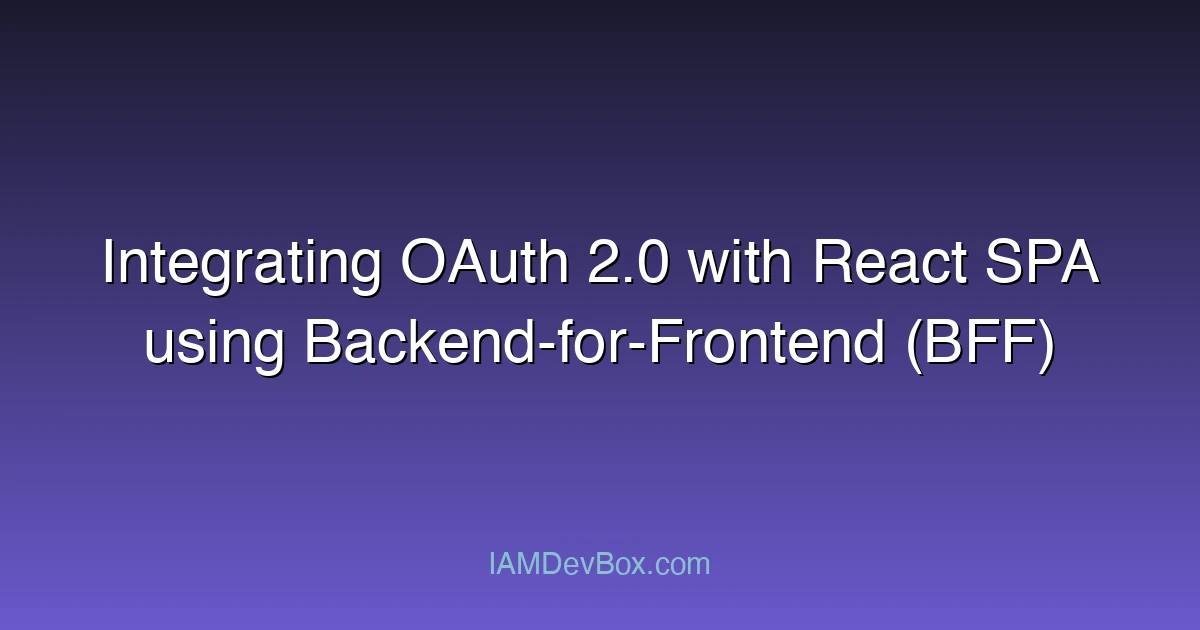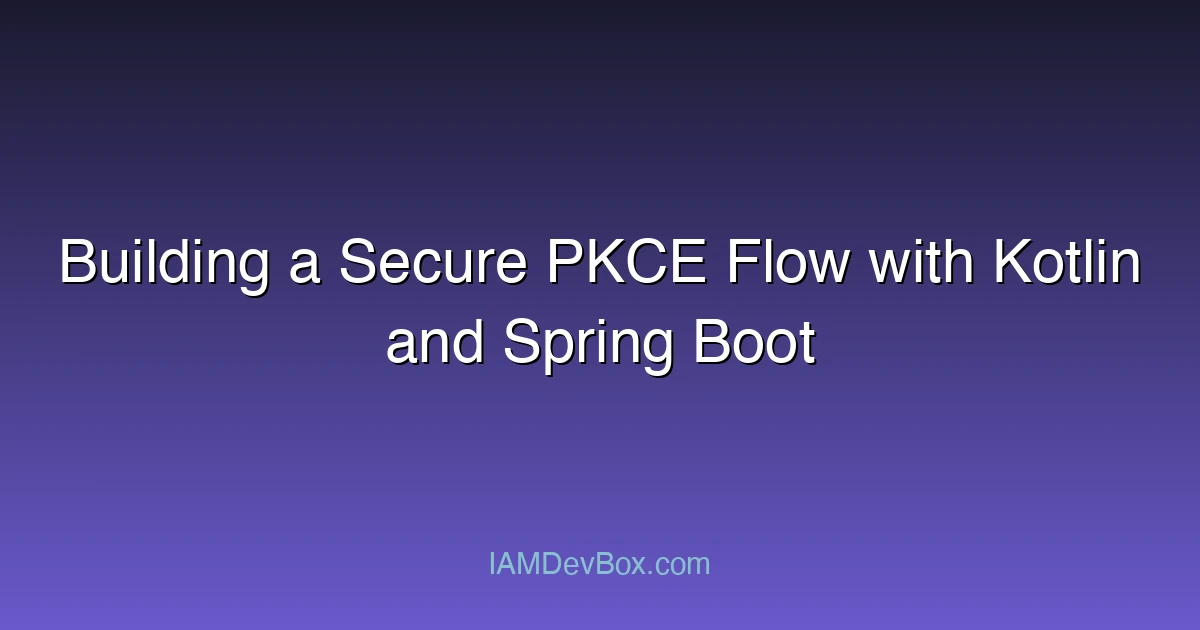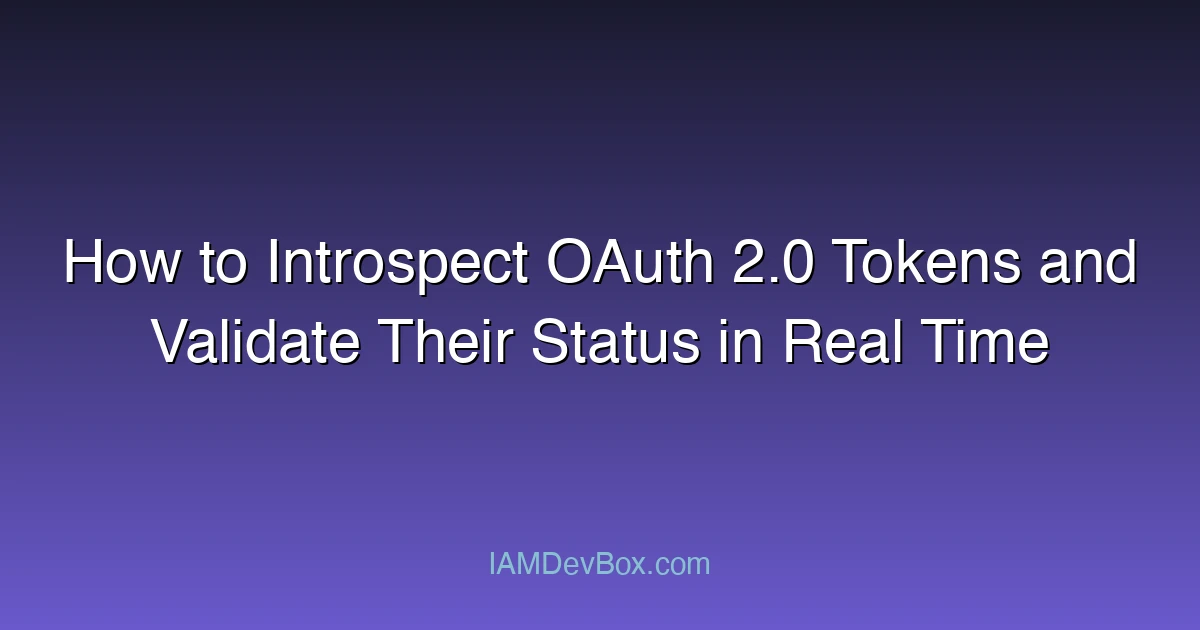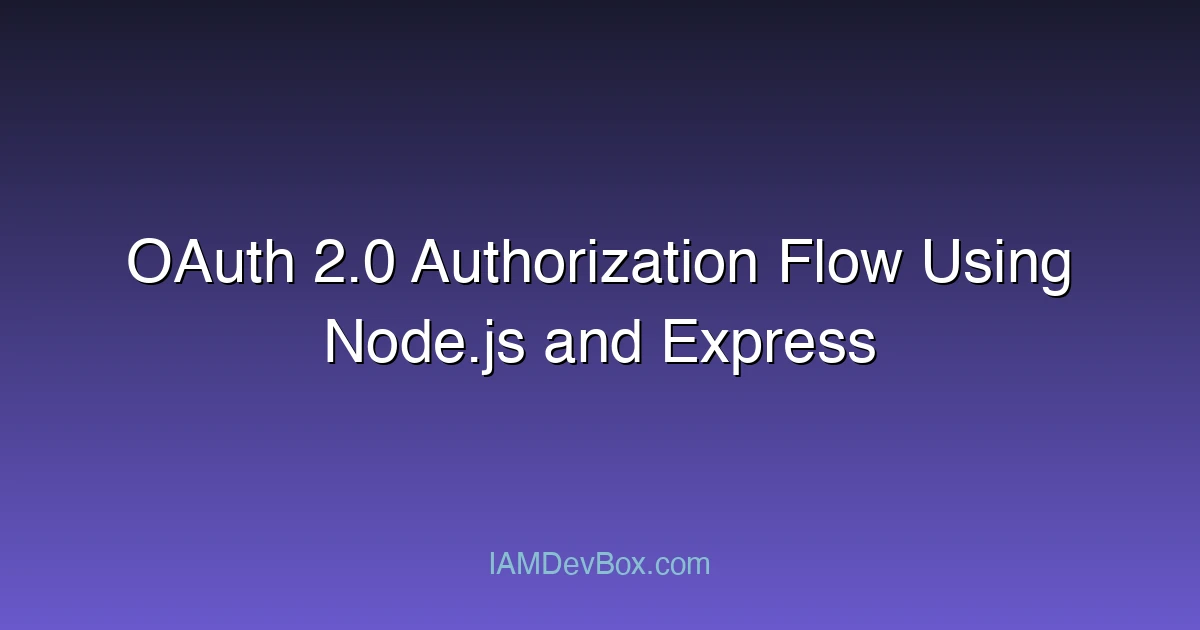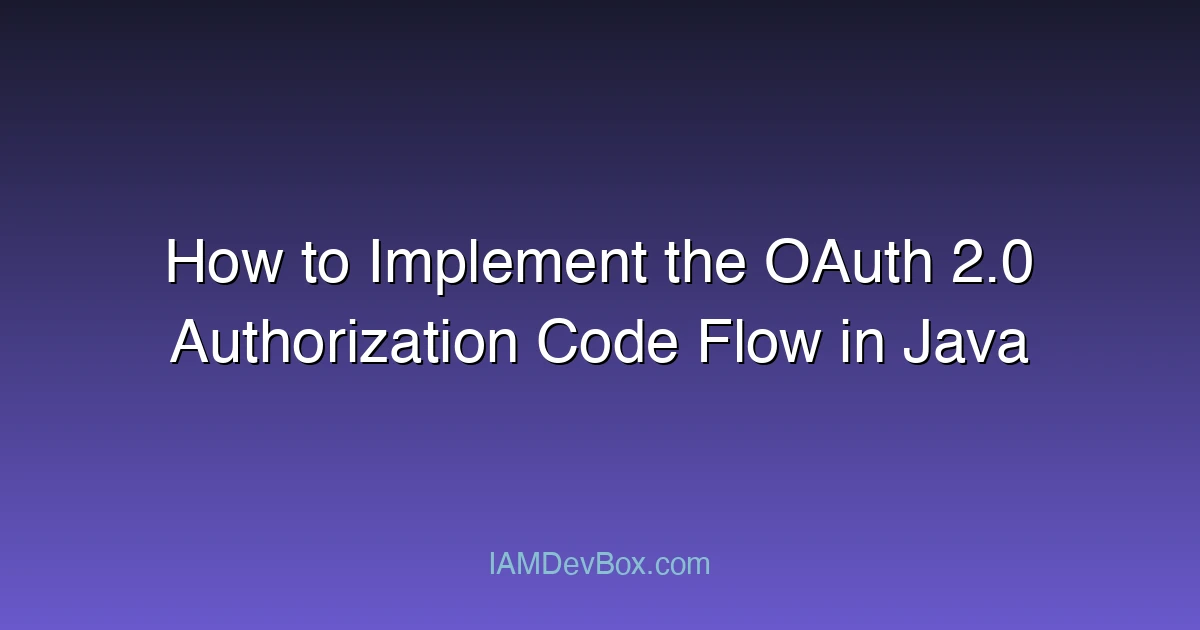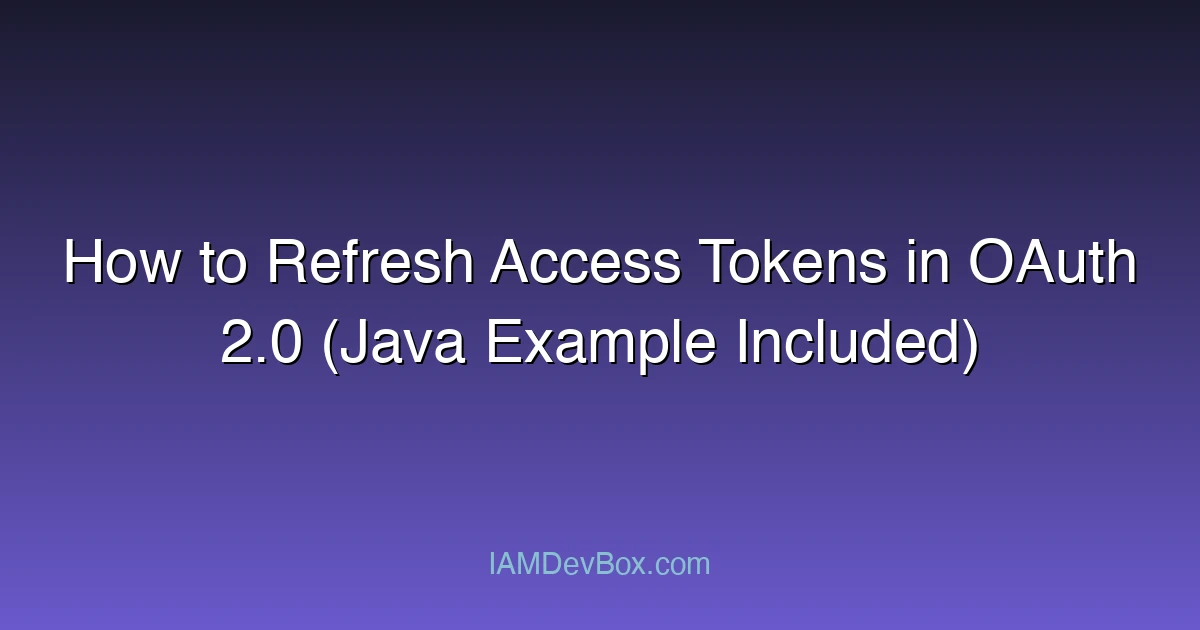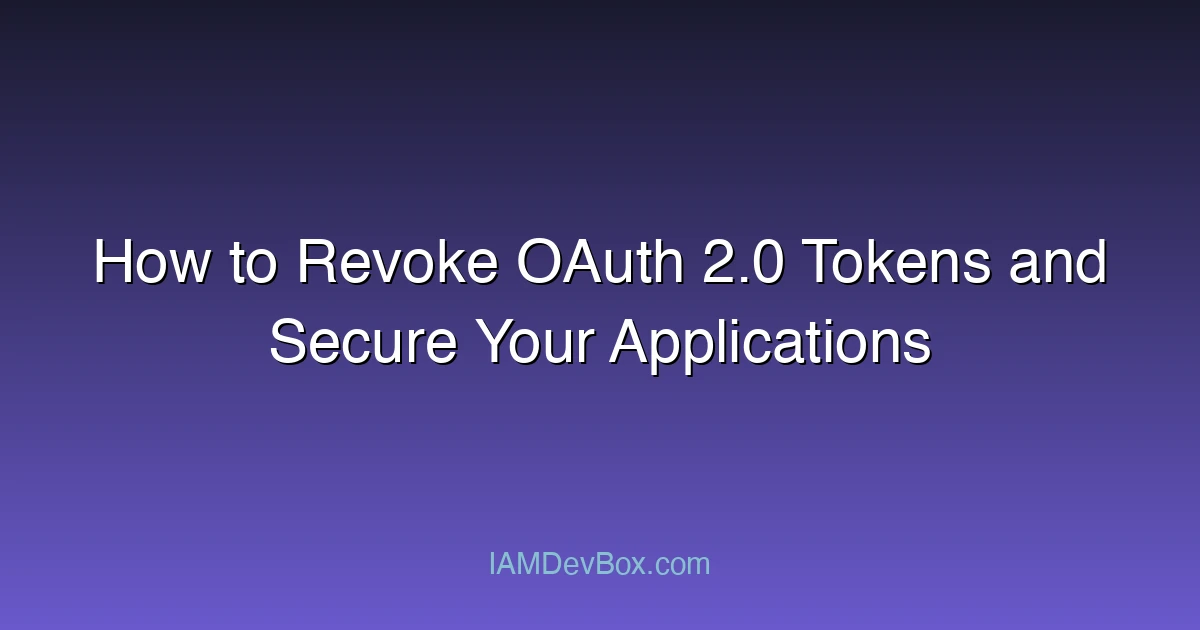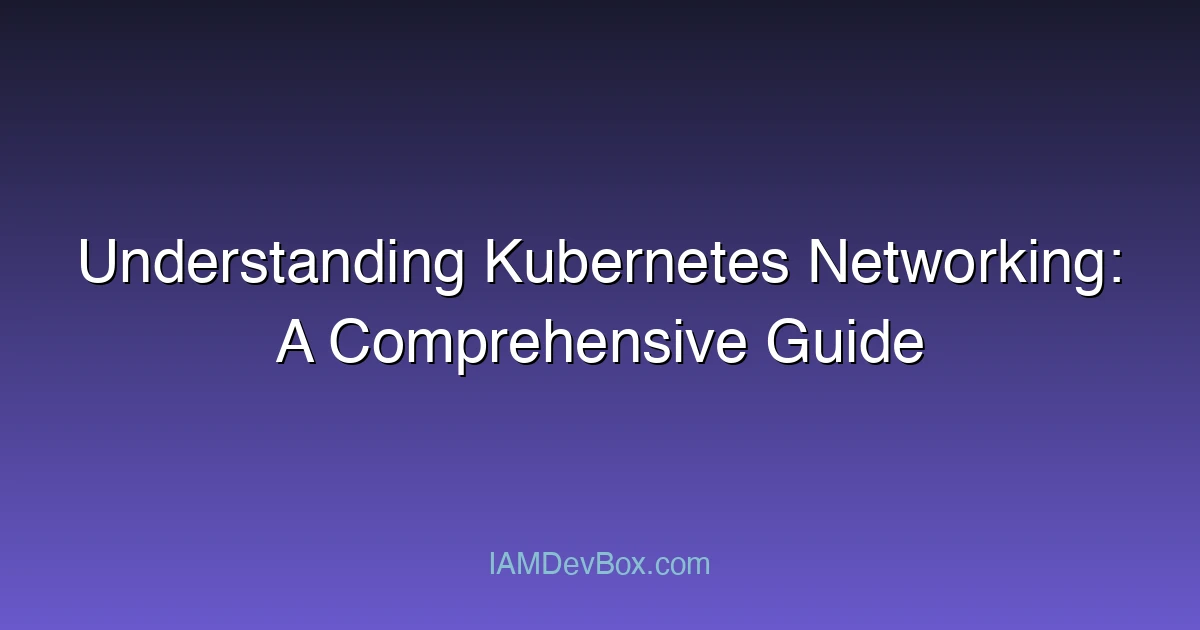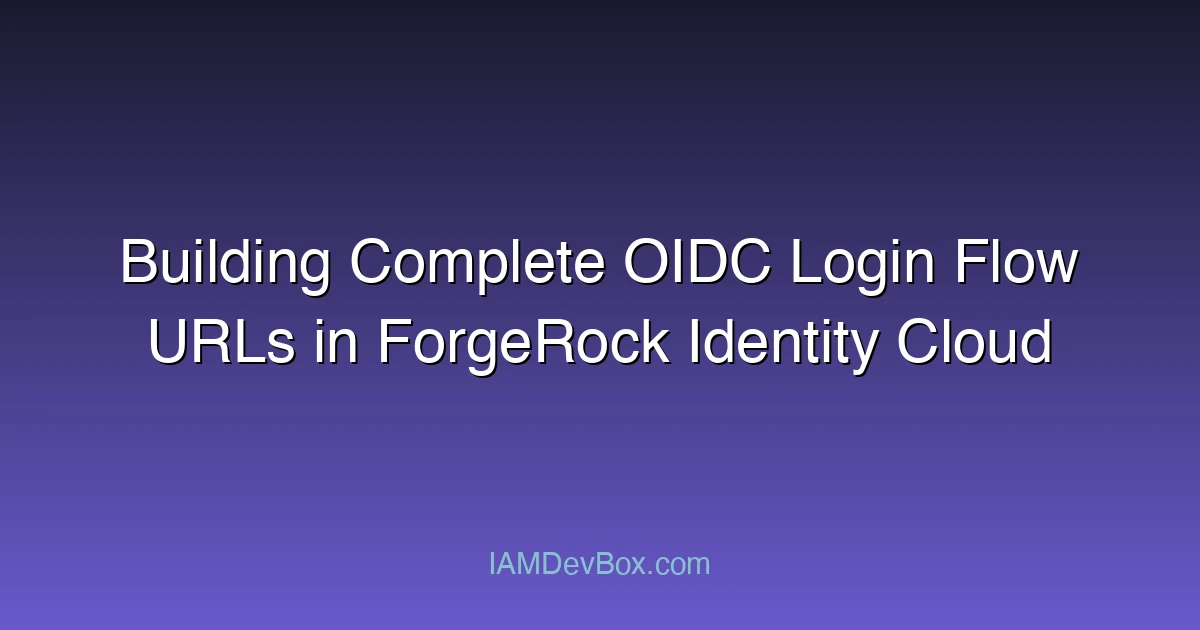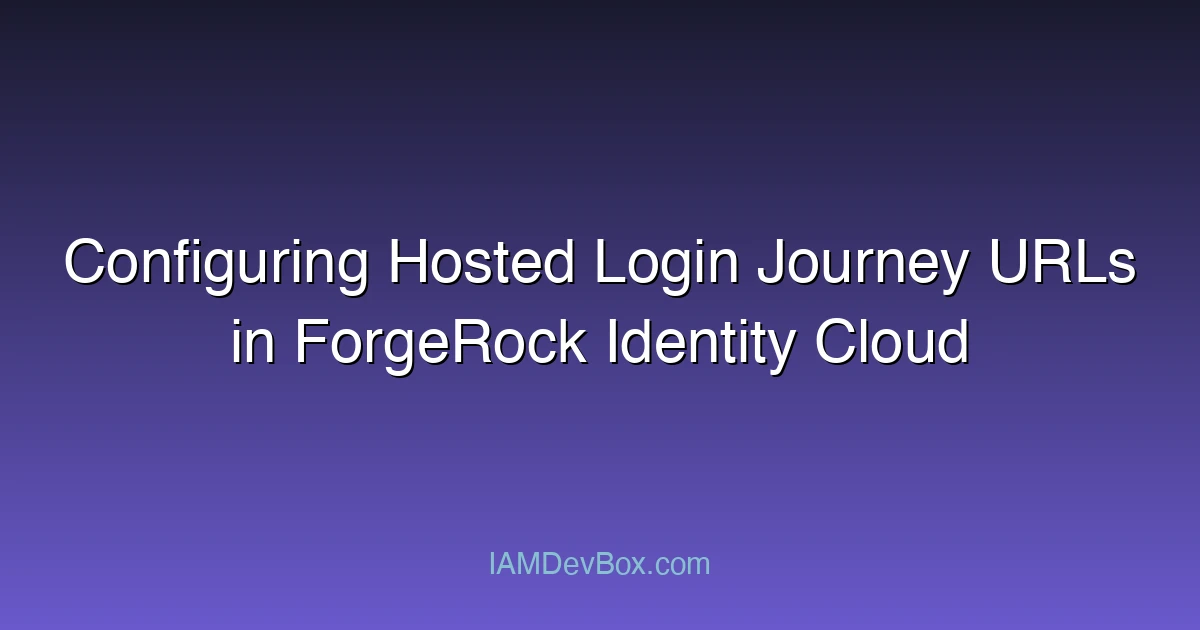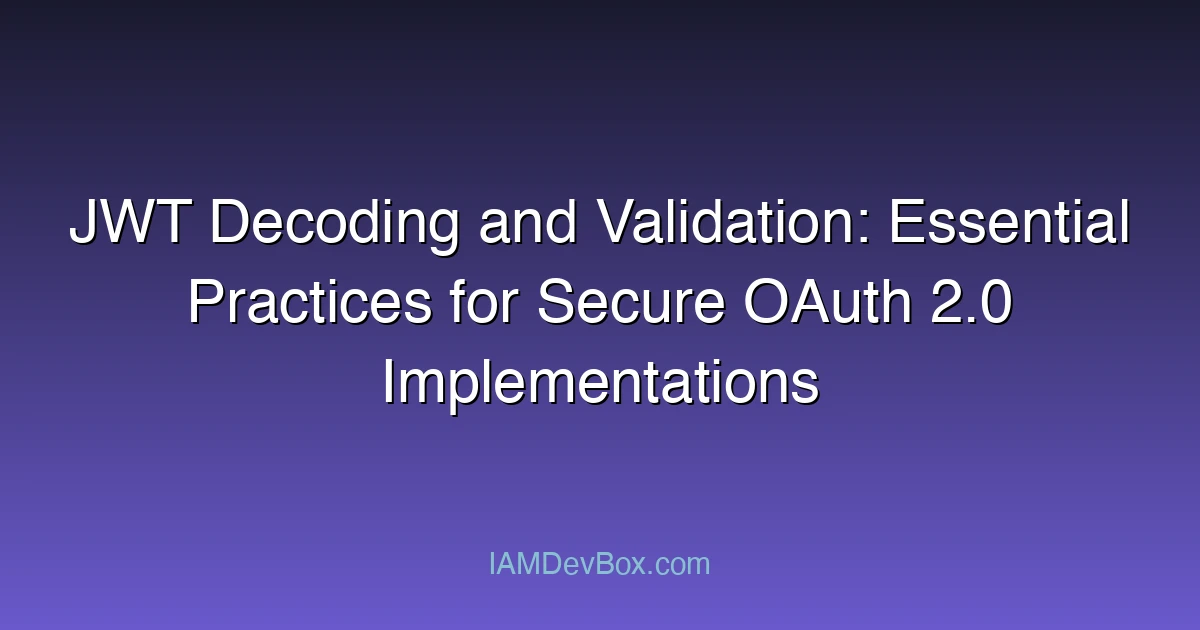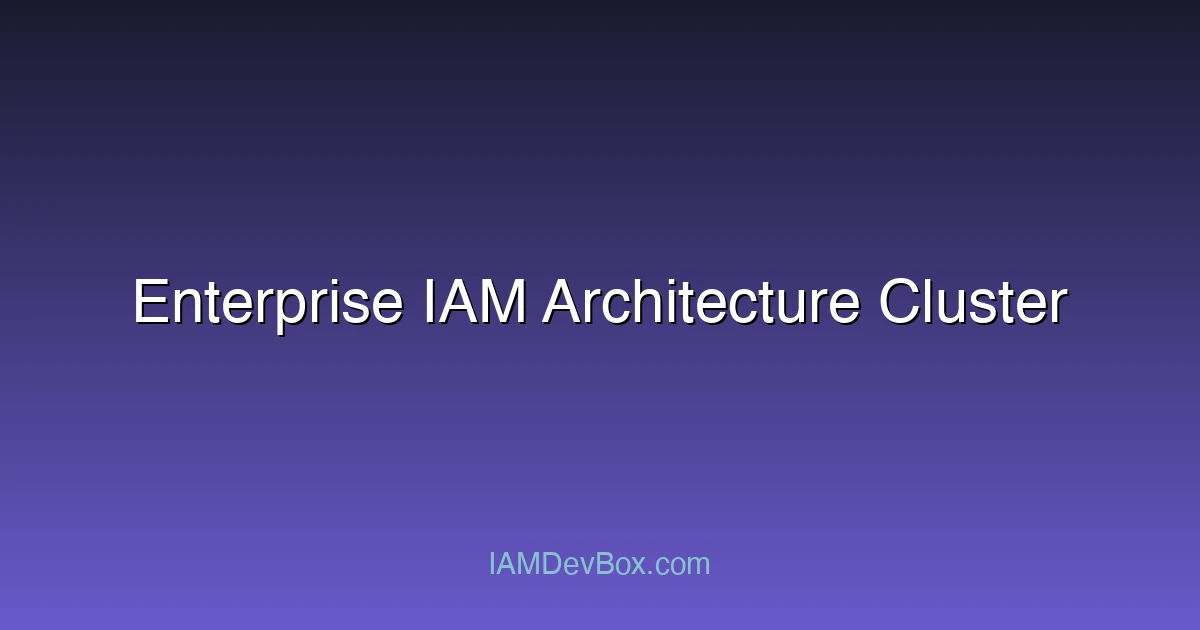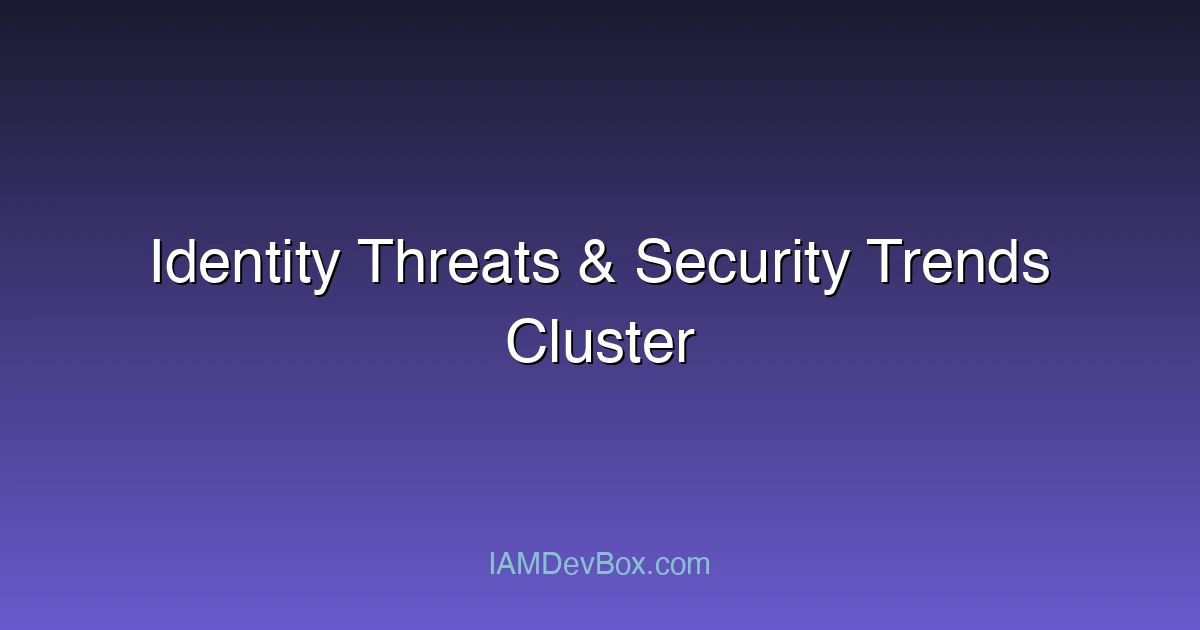
How We Solved Token Misrouting in ForgeRock Identity Cloud
Visual Overview: sequenceDiagram participant User participant App as Client App participant AuthServer as Authorization Server participant Resource as Resource Server User->>App: 1. Click Login App->>AuthServer: 2. Authorization Request AuthServer->>User: 3. Login Page User->>AuthServer: 4. Authenticate AuthServer->>App: 5. Authorization Code App->>AuthServer: 6. Exchange Code for Token AuthServer->>App: 7. Access Token + Refresh Token App->>Resource: 8. API Request with Token Resource->>App: 9. Protected Resource Token misrouting is a challenging issue that can disrupt authentication and authorization flows in identity platforms like ForgeRock Identity Cloud. It causes users to receive tokens intended for other sessions or clients, leading to security risks and failed user experiences. ...
